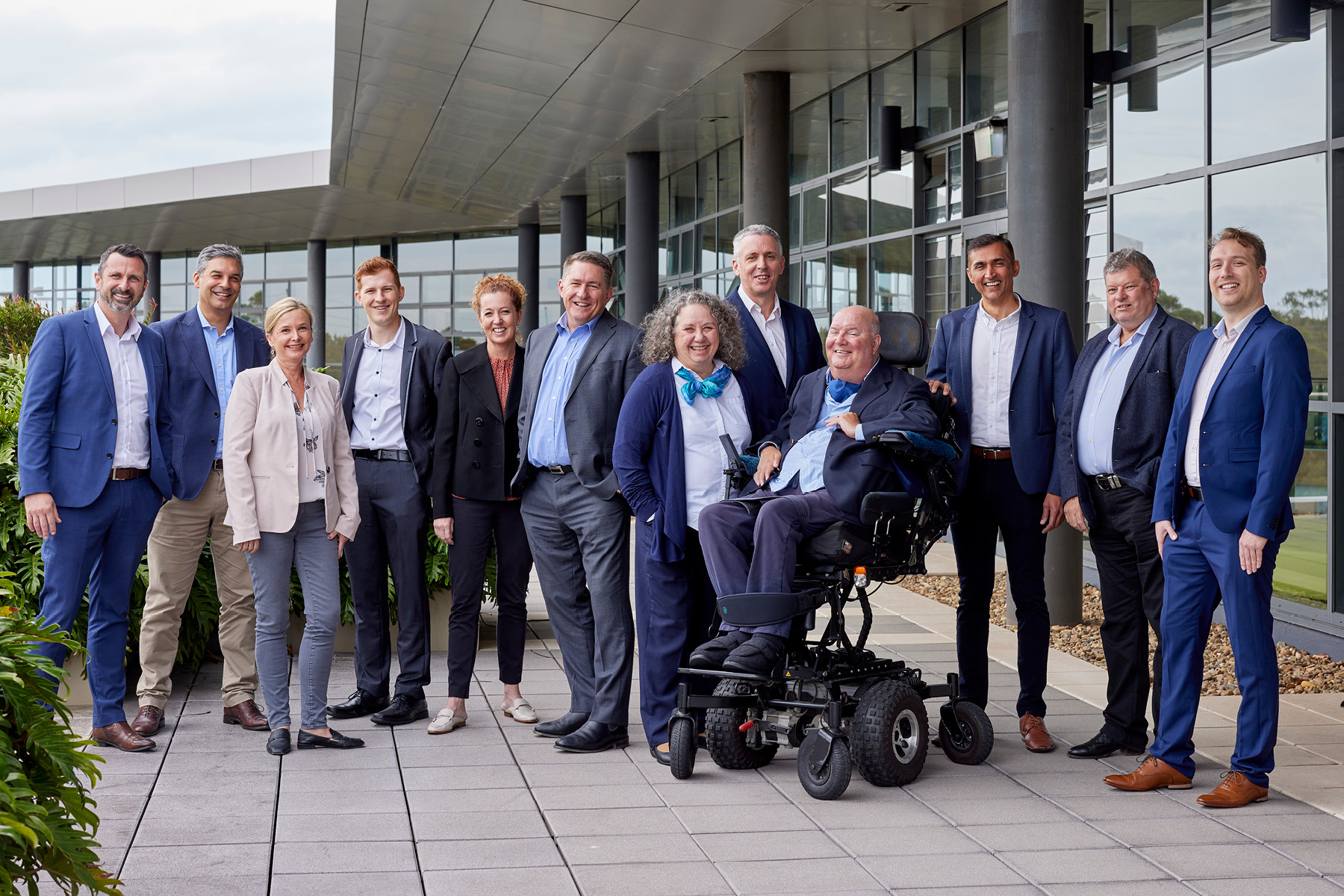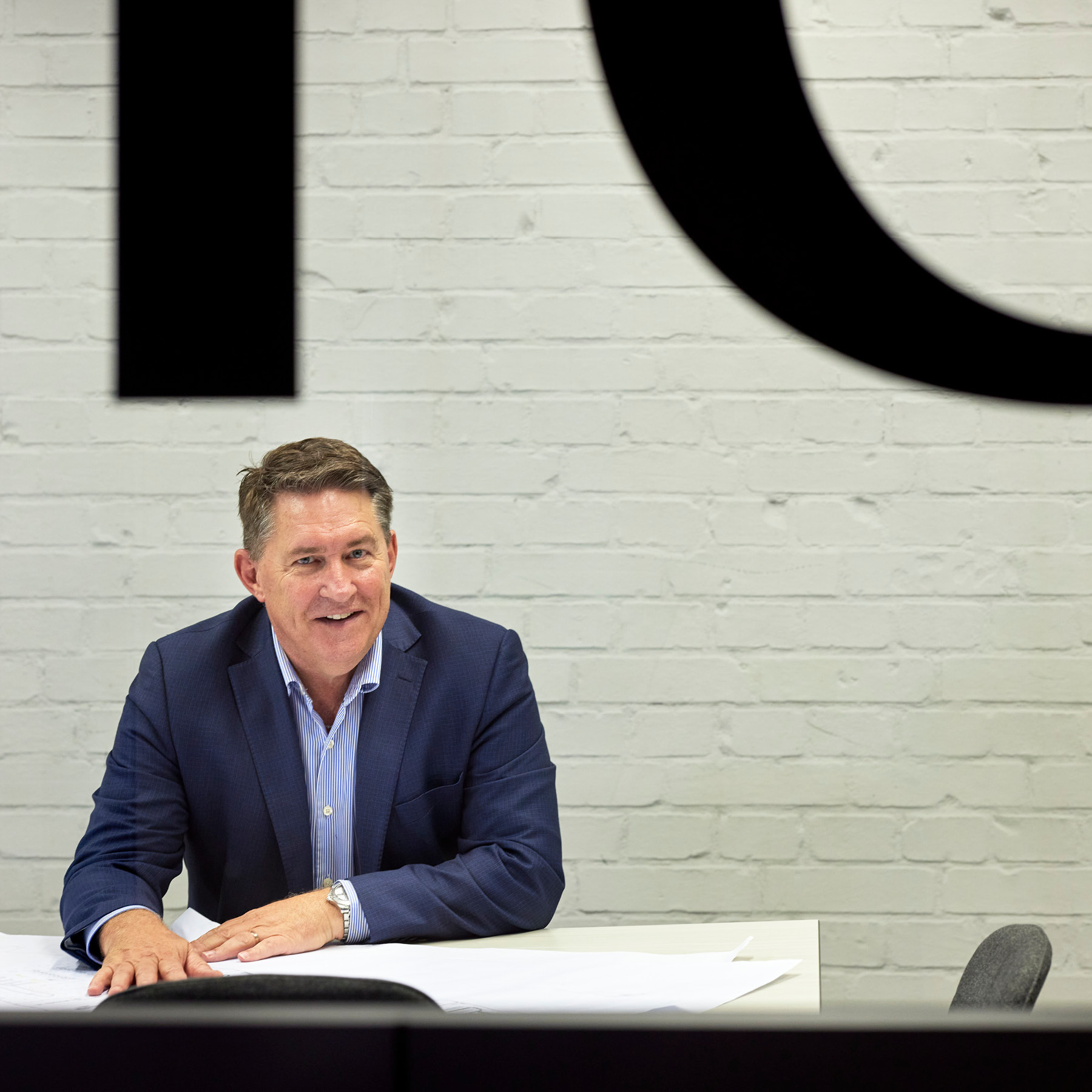Language
You can read the magazine in one of the following languages
Geolocation
You can read the global content or the content from your region

Ever since a spate of well-chronicled distribution disasters occurred during the COVID-19 pandemic, the corporate world has found itself compelled to focus its gaze on supply chain issues.
More recently, restricted freight passage through critical chokepoints on the Suez and Panama Canals, caused by military incursion and climate change respectively, has drawn further attention to the matter.
The upshot is that pipeline crises can and do occur, making dependable supply chains more important than ever. This constitutes the challenge driving Peter Jones, Managing Director and Founder of supply chain consultants Prological.
“Over the next five years, in terms of supply chain capability, we’ll start to get a clear delineation between what I call the ‘haves’ and ‘have-nots’,” Jones tells The CEO Magazine. “And within 10 years, there will be a large distinction in capability and market share.”

“It’s all about regarding supply chain as a distinctive competency within a business.”
So what differentiates a ‘have’ from a ‘have-not’? “The ‘haves’ are the ones that are developing more sophistication, robustness and flexibility into their supply chains,” Jones says. “The ‘have-nots’ are the ones that are reverting to the practices they had prior to COVID-19.”
Jones sees the pandemic as a bellwether moment in the shift around supply chain thinking.
“The global shipping industry went into chaos,” he says. “Businesses found themselves very thin on inventory as their supply chains had been built on a ‘just in time’ strategy.”
“Typically, a business might have a three-month lead time for a product. So to allow a buffer, the order cycle would be three months plus three weeks,” he explains. “Suddenly, we had a disruption which took more than a year to settle down, leaving businesses nine months out in terms of a product refresh.”
Supply chain disruption is an issue many companies dread. “It puts businesses under great financial stress very quickly. That’s what took it to the C-suite and the boardroom,” he says.
Founding Prological in 2010, Jones has been a supply chain consultant for over a quarter of a century. An industry innovator applying creative solutions gained from case studies, Prological re-engineers procurement pipelines to make them as crisis-proof as possible.
“It’s all about regarding supply chain as a distinctive competency within a business,” he says. “But getting to that point requires long-term planning and a long-term investment strategy. For the executive level, it’s a big shift from traditional cost-down initiatives, but it will ultimately yield a return by making a business stronger.”
An example of these new strategies includes next-generation warehouses utilizing vanguard technology such as automation to implement fast turnaround fulfillment.

“Businesses need to hold discussions with primary suppliers about the robustness of their supply chain from end-to-end.”
“Next-gen warehouses can quickly turn into a A$100 million-plus [US$65 million] commitment,” Jones says. “Which means companies need to be able to carry the cashflow to support the opex. This is only possible with a solid business plan.”
Supply chains have become increasingly complex systems, requiring the C-suite to stay on top of a geographically diverse and multi-tiered layer of contractors.
“Businesses previously held their Tier-1 supplier accountable for fulfilling contract requirements – without appreciating the impact of Tier-2 and Tier-3,” Jones says. “The problem is, if the primary supplier relies on a single source for componentry, and that source falls over, they won’t be in a position to rectify the situation.”
Jones asserts that de-risking product procurement requires a deep dive into supplier sourcing.
“Businesses need to hold discussions with primary suppliers about the robustness of their supply chain from end-to-end. And they should be conducting audits and getting assurances on the flexibility of Tier-2 and Tier-3 suppliers,” he says.
“The end-user should also have alternative Tier-2 and Tier-3 suppliers on standby. This may be expensive, but the primary business will no longer be at risk.”
Jones found his calling in supply chain consultancy through a circuitous route – first as a machine fitter, then as a pastor. Perhaps it is his ‘nuts and bolts’ pragmatism, ability to listen and zealous enthusiasm that make his insights and advice so effective.

“Within 10 years, there will be a large distinction in capability and market share.”
He is particularly fervent on the issue of where things need to be headed. In terms of the journey from supplier to end user, he contends the B2B world should mirror the transparency of the B2C world.
“Supply chain is an area of business that touches the customer,” Jones says.
“When you do a B2C order with an online retailer, you have an expectation of how that process will work. The customer engages with the ordering process and there is visibility throughout the fulfillment cycle. B2Bs need to emulate the same experience.
“Ultimately, it’s about competency around order fulfillment.”